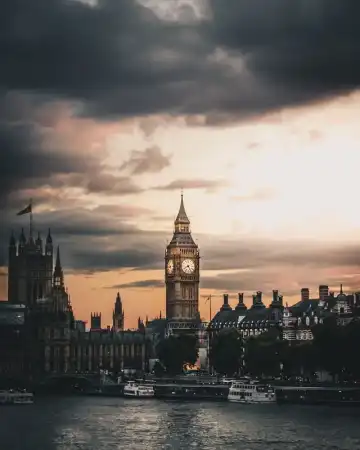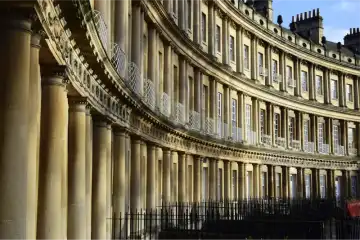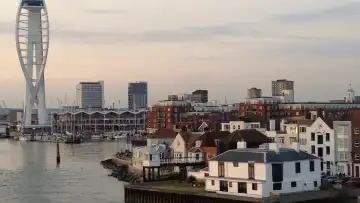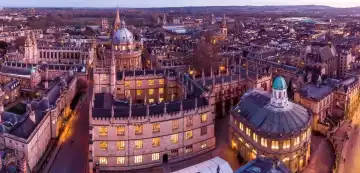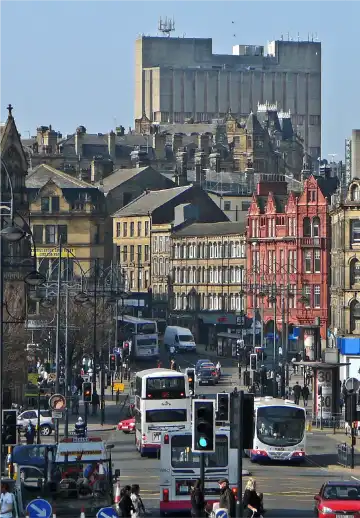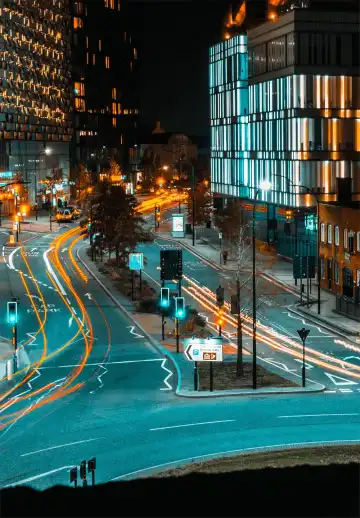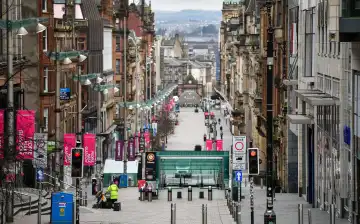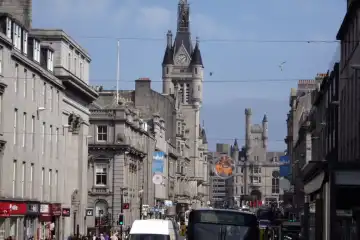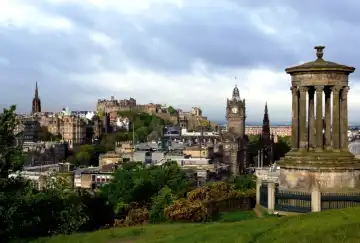Dundee Low Emission Zone Explained
Dundee's Low Emission Zone (LEZ) started on 30th May 2024, the main aim is to clean up the city's air, promote sustainability, and curb pollution. Fines will be slapped onto non-compliant vehicles driving in the city without paying the daily penalty.
For details on where the zone covers, its impact on different vehicles, and the costs involved, keep reading. And if you're curious about other Low Emission Zones (LEZs) across Scotland, check out our guide.
Why is Dundee’s LEZ scheme being introduced?
Dundee's LEZ is being introduced to address remaining air quality issues despite improvements since the AQAP's inception in 2011. It's part of the city council's commitment to meet Scottish Air Quality Objectives. The LEZ aligns with Dundee's Climate Action Plan, aiming to reduce greenhouse emissions by restricting high-emission vehicles, promoting sustainability, and fostering an environmentally-conscious city.
What area does the Dundee LEZ cover?
The Dundee LEZ covers areas neatly outlined by the A991 Inner Ring Road. Notably, Bell Street, Wellgate, and West Marketgair NCP car parks are presently exempt from the scheme.
Here are the roads included in the Dundee Low Emission Zone (LEZ), covering their full length unless otherwise noted:
- Hardgate Junction to Springbank Terrace Junction
- Holburn Street Junction to Bon Accord Gardens
- Rose Street Junction to Chapel Street Junction
- Upperkirkgate to Back Wynd Junction
- Thistle Street Junction to Union Street Junction
- Union Street Junction to Union Square Bus Station
- West North Street Junction to Castle Street
- Union Street Junction to Ashvale Place Junction
- Justice Mill Lane Junction to Willowbank Road Junction
- Carmelite Street Junction to Market Street Junction
- Upperkirkgate Junction to Littlejohn Street Junction
- Rosemount Viaduct to Wapping Street Junction
- Union Street Junction to Wapping Street Junction
- Union Street Junction to Springbank Terrace Junction
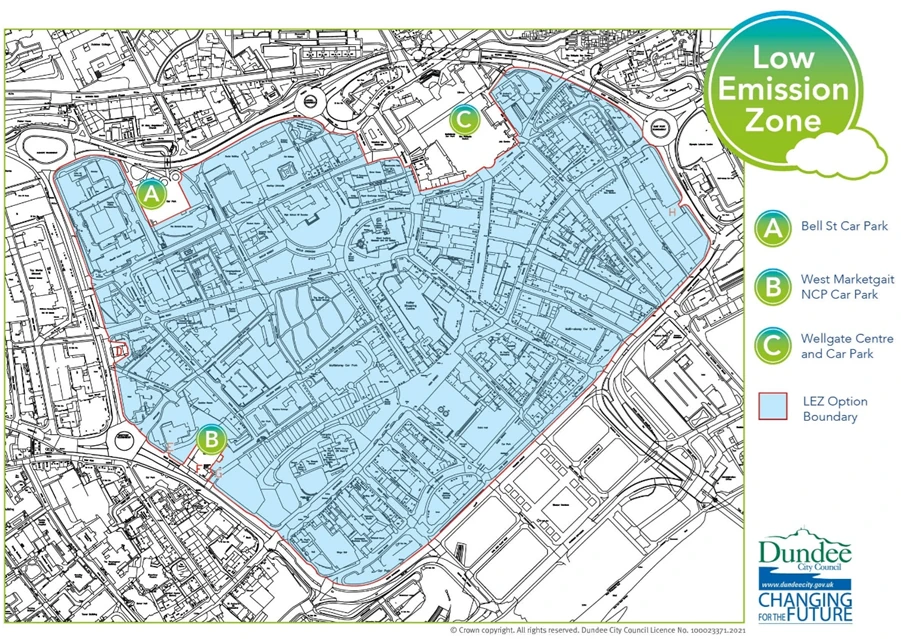
When will the Dundee LEZ scheme operate?
The Dundee LEZ Scheme will run 24/7, all year round.
However, the scheme may be suspended during events of local or national significance and in emergency situations, such as an accident on the wider road network requiring all vehicles to be temporarily diverted through the LEZ area, but only if they follow designated diversion routes.
Which vehicles will be affected by Dundee's LEZ?
The LEZ follows similar rules to other zones in Scotland, targeting older, high-polluting vehicles. If your vehicle doesn't meet these criteria, it will be impacted:
- Petrol cars and vans need to meet Euro 4 emission standards (usually those registered from 2006).
- Diesel cars and vans must adhere to Euro 6 emission standards (typically vehicles registered from September 2015).
- Buses, coaches, and HGVs must meet Euro VI emission standards (usually vehicles registered from January 2013).
If you're unsure whether your vehicle meets the criteria, you can use Regit's free ULEZ check to find out whether your car is compliant in all of the UK's low emission zones.
What vehicles are exempt from the Dundee LEZ?
Here are the categories excluded from penalties:
- Motorcycles and mopeds
- Blue badge holders
- Emergency vehicles
- Historic vehicles
- Military vehicles
- Showman vehicles
- Vehicles for disabled people
- Vehicles used for essential services
What are the fines for non-compliant vehicles entering the Dundee LEZ?
Once the two-year grace period ends and the LEZ is fully operational in May 2024, it will be active 24/7, monitored by automatic number plate recognition (ANPR) cameras.
Non-compliant vehicles will face penalties when enforcement begins. The initial breach incurs a £60 fine, which can be halved if paid within 14 days.
Subsequent violations within the same LEZ double the penalty. There's a maximum charge of £480 for cars and light goods vehicles, and £960 for buses, coaches, and heavy goods vehicles (HGVs). The penalty resets to £60 if no further breaches occur within 90 days.
What assistance is available for Dundee locals?
The Scottish government, through the Energy Saving Trust, provides funding for eligible households and businesses as part of the Dundee LEZ Scheme.
For households:
- Eligible households can receive up to £3,000 in support. This includes £2,000 for safe disposal of a non-compliant vehicle and up to £1,000 through the 'Travel Better' program, promoting active and shared transport options.
For businesses:
- Eligible businesses can access a £2,000 grant for safe disposal of non-compliant vehicles. Additionally, businesses can apply for up to £1,000 towards the purchase of cargo or e-cargo bikes for business use.
- The Dundee LEZ Retrofit Fund helps micro-businesses retrofit non-compliant vehicles with approved solutions. Applications are currently closed due to budget allocation, but eligible applicants are being processed and placed on a waiting list for future funding.
- Loans are available through the Energy Saving Trust to support the purchase of electric vehicles, e-bikes, and cargo bikes for business use.
Support for local organisations:
- Free advice and support are provided to local organisations to explore lower-carbon travel alternatives. Dundee Cycle Hub offers assistance in implementing cycling within organisations, funding advice, and free E-Cargo Bike Loans.

